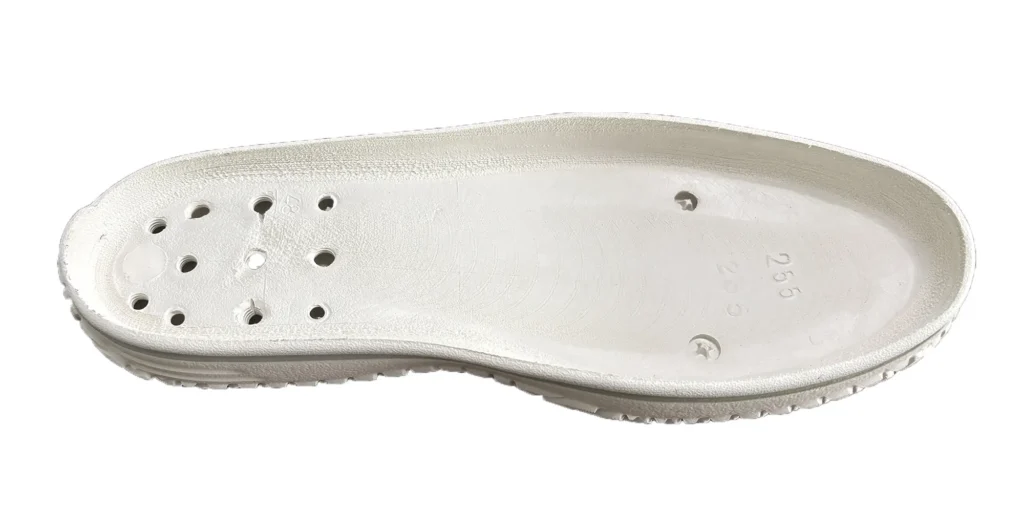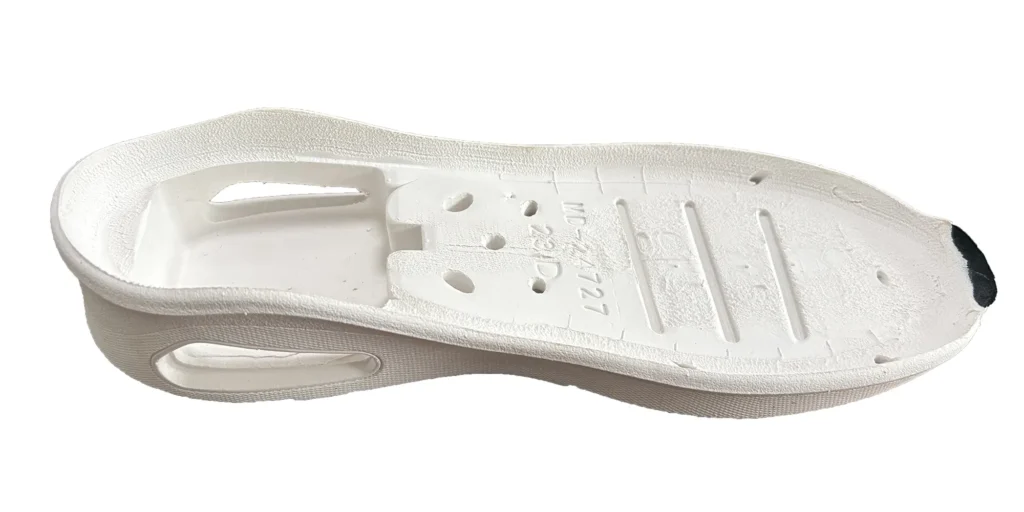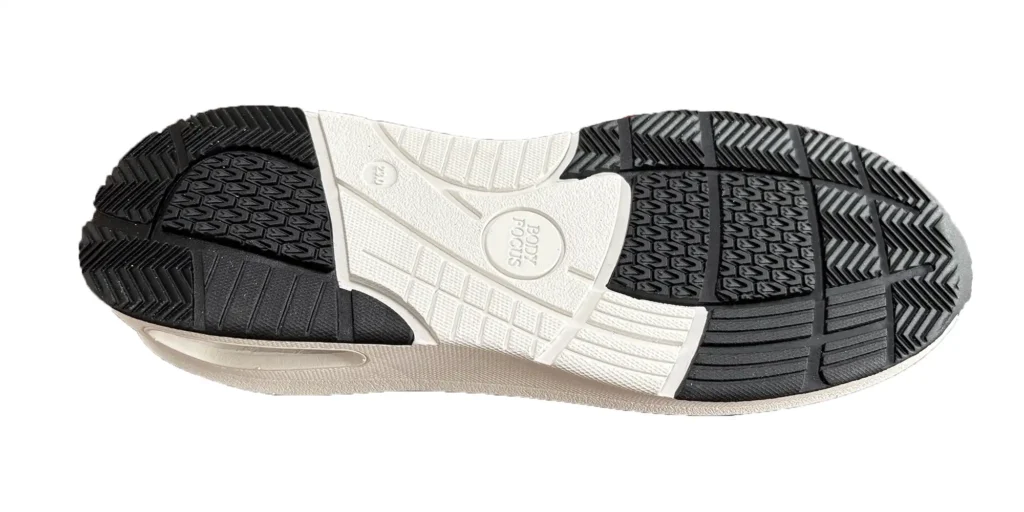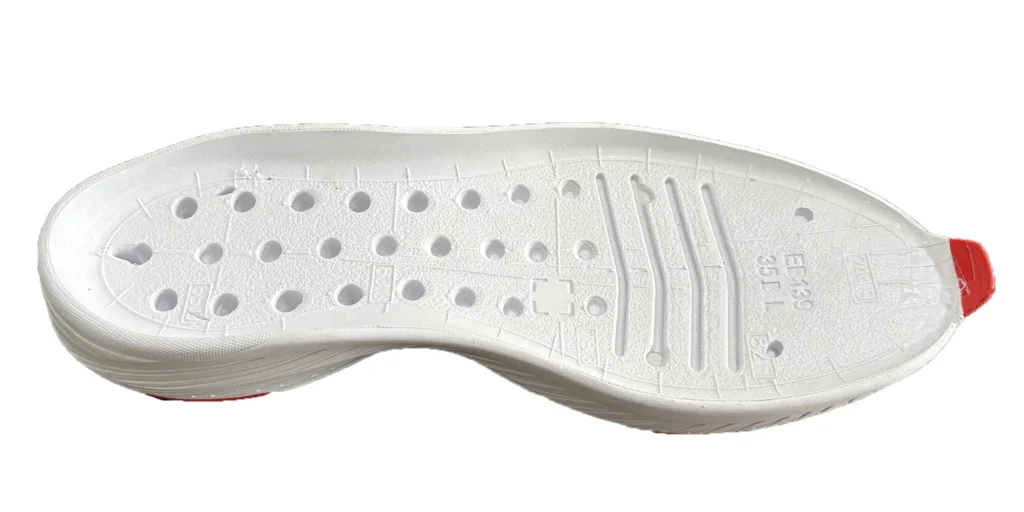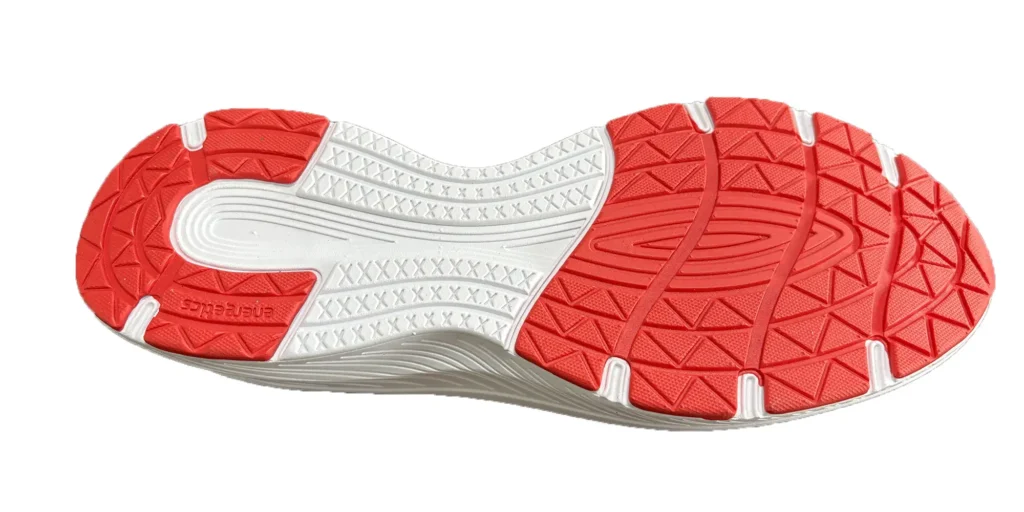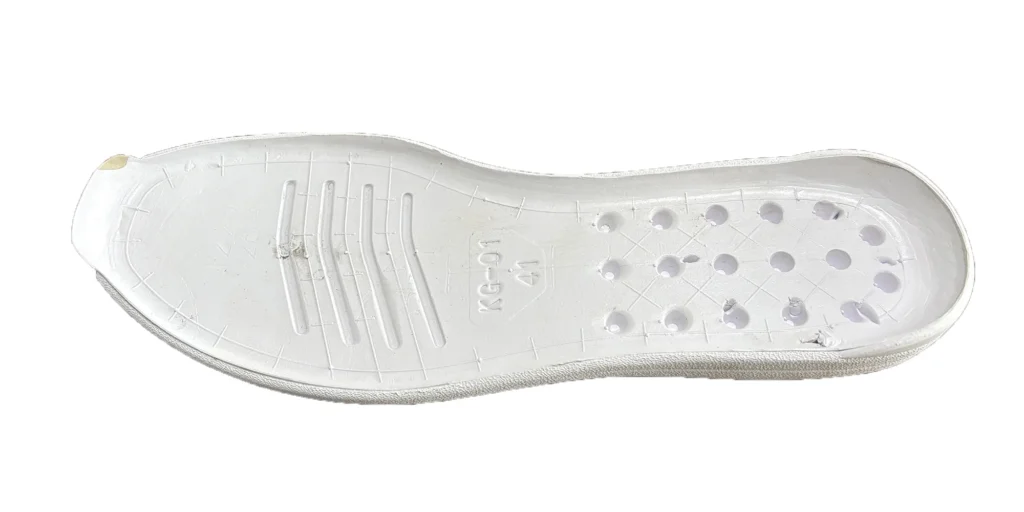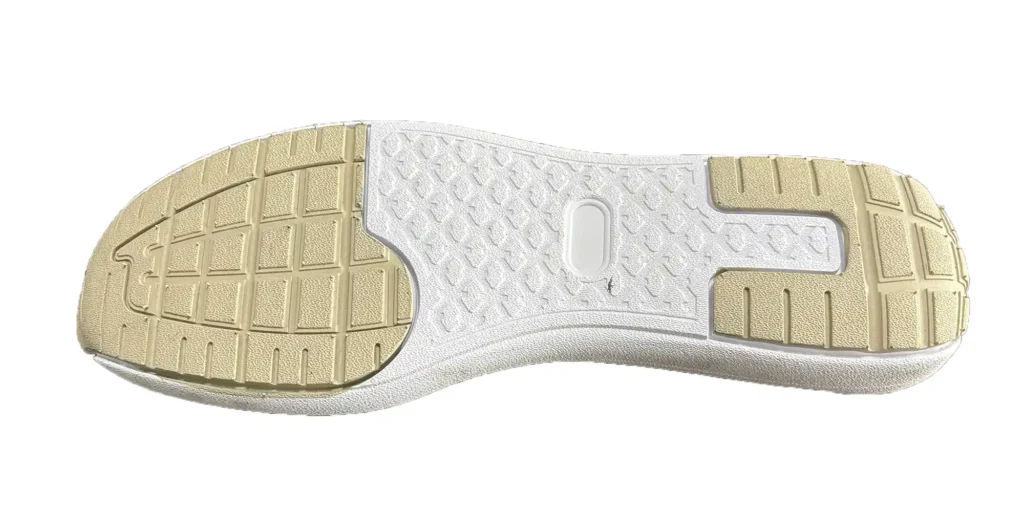Abstract
This article presents an in-depth comparative analysis of EVA (ethylene-vinyl acetate) and rubber outsoles, focusing on two critical performance metrics that dominate consumer consideration: weight and durability. Through scientific data and empirical case studies, we illuminate EVA’s superiority in weight reduction and rubber’s exceptional abrasion resistance. Whether you’re an athletic enthusiast or a casual wearer, this discourse will empower you to make informed footwear selections tailored to your lifestyle requirements. Additionally, five practical FAQs are included to address common inquiries comprehensively.
Main Body
In contemporary footwear markets, outsole material selection profoundly impacts the holistic wearing experience. EVA and rubber emerge as predominant choices, particularly prevalent in athletic shoes, hiking boots, and casual footwear. Their divergent characteristics in weight and durability directly influence footwear comfort and longevity. This analysis synthesizes industry benchmarks and practical testing to facilitate informed decision-making.
Advantages and Limitations of EVA Outsoles
EVA synthetic material excels in lightweight properties, with density ranging 0.15-0.25 g/cm³—60-70% lighter than rubber’s 0.9-1.2 g/cm³ density (Shoe Science Journal 2022). This weight efficiency renders it ideal for running shoes, reducing fatigue and enhancing stride efficiency by approximately 15% in professional marathon footwear like Nike Pegasus series.
Regarding durability, EVA demonstrates exceptional shock absorption (80% impact reduction per American Podiatric Association), though its softer composition compromises abrasion resistance. Laboratory simulations indicate EVA outsoles endure only 50% of rubber’s service life on abrasive surfaces, with additional vulnerability to thermal deformation above 40°C.
Application Recommendations: Optimal for lightweight-centric activities on controlled surfaces; less suited for rugged terrains requiring extended wear resistance.
Advantages and Limitations of Rubber Outsoles
Rubber compounds (natural or synthetic variants like NR/SBR) exhibit unparalleled durability, boasting 2-3× greater abrasion resistance than EVA (Material Science in Footwear 2023). Outdoor specialists such as Timberland prioritize rubber for hiking boots, delivering 100% slip resistance and 40% reduced fall risk on wet surfaces.
However, rubber’s higher density (200-300g additional weight per shoe) imposes kinetic disadvantages—demonstrating 20% increased fatigue during 5km runs. Its inferior energy return (55% shock absorption) may elevate joint stress compared to EVA.
Application Recommendations: Superior for demanding environments requiring traction and longevity; suboptimal for speed-oriented activities.
Comparative Performance Analysis
Weight Benchmarking:
- EVA: 100-150g per sole → 25% reduced energy expenditure per 100 steps
- Rubber: 200-350g per sole → Enhanced stability at metabolic cost
Durability Evaluation:
- Rubber withstands 1000km versus EVA’s 500km (ISO 20345 standard)
- Rubber maintains structural integrity against UV/chemical exposure
Hybrid Solutions:
Contemporary designs increasingly combine EVA midsoles with rubber outsoles—now the fastest-growing market segment (2024 Global Shoe Market Report)—to harmonize lightweight cushioning with surface durability.
FAQ Section
FAQ1: Comparative Weight Characteristics
EVA’s volumetric density (0.15-0.25 g/cm³) yields 60-70% weight reduction versus rubber, translating to superior energy efficiency during dynamic movements.
FAQ2: Rubber’s Durability Advantages
Rubber demonstrates 2-3× greater abrasion tolerance (>1000km service life), with enhanced slip resistance and environmental stability for rigorous outdoor applications.
FAQ3: Thermal Performance
EVA exhibits thermoplastic deformation above 40°C, whereas rubber maintains structural integrity—though specialized treatments can mitigate both materials’ thermal vulnerabilities.
FAQ4: Hybrid Configuration Benefits
Combining EVA’s midsole cushioning with rubber’s outsole protection optimizes weight distribution and wear resistance, representing current industry best practices.
FAQ5: Material Identification Protocol
Visual/tactile analysis reveals:
- EVA: Pale-colored, compressible closed-cell foam texture
- Rubber: Darker pigmentation, rigid construction with pronounced tread patterns
Supplemental verification via manufacturer specifications or indentation testing recommended.
WELLE Trade has over 20 years of experience in the production and processing of PE/EVA/TPE foams, so you may want to consult with them if you have any sourcing needs.
